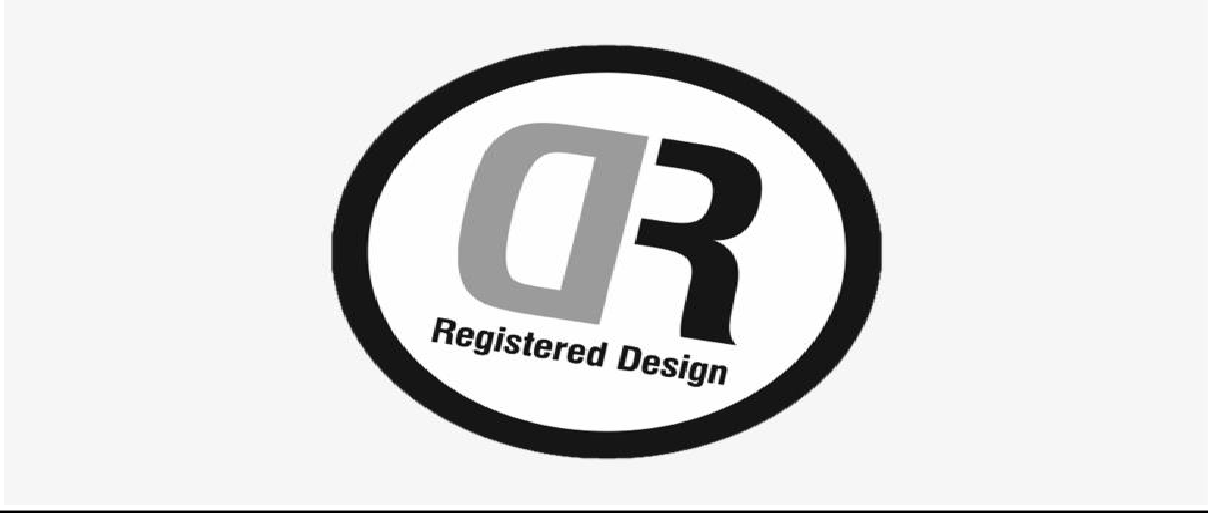A plan for organizing elements in the greatest possible way to achieve a specific goal is called Design. In general, a design refers to a product’s visible outer look to the naked eye. It reflects a person’s intelligence and creativity which is then turned into a product. A registered design
safeguards a product’s visual appearance and grants you the exclusive rights to that look to the degree that, if necessary, you have a legal right to prevent an unauthorized party from creating or utilizing your design.

DESIGN – It refers to a product’s visible outer look to the naked eye.
LICENCE – A permission from the authority to own or use something, accomplish something specific or carry on business.
LICENSEE – Someone who have been given permission to sell or use something.
LICENSOR – A person or organization that grants permission to do or use something.
SECTION 22 – Section 22 of the design act explains about the piracy of the registered designs.
RESTRICTIVE CONDITIONS AND ITS AVOIDANCE UNDER DESIGN ACT
Section 42 of the Design Act explains about the restrictive conditions that are applied to the registered design and how to circumvent those conditions.
- If a design is already registered for an article then it is not legal to enter in any contract for or related to the sale or leasing of that
- It is not permissible to intrude in a licence for manufacturing or for use of an article for which design has been
- It is not legal to intrude in a licence to package the article for which the design is already
These conditions could have some negative impact.
- It can prohibit the licensee/purchaser from purchasing the article from any other vendor than the licensor in any way or to any extent, or restrict him from acquiring any article other than the article for which a design is registered, except from the licensor or his
- It can also prohibit or limit the purchaser/licensee’s ability to use a product other than the one for which a design is registered that is not supplied by the licensor or his nominees and any such condition shall be
For Example: Let’s assume a brand ‘X’, who manufactures a unique shaped water bottles. And also it has registered a design regarding the same. Then only that brand would be able to sell or manufacture the bottle for which a design is registered. It will be prohibited if someone else use or manufacture the same bottle for which a design is registered. But that does not mean that brand X can prohibit the sale or use of bottles other than those for which a design is registered. It would be unlawful to prohibit someone from using or selling an article different than the one for which a design is registered.
If there would be any such other condition of the nature that is described above in (1) or (2) regarding the use or sale of the article other than the article for which the design has been registered, then such clauses are void ab initio in the interpretation of a contract, whether they are part of the licence agreement or “entered into independently, whether before or after the contract pertaining to the sale, lease or licence of the registered design”.
When a person has copied the article of which the design is registered and prosecuted for that act in violation of section 22, then it is a defence to show that there was a contract in force at the time of the infringement containing a restrictive conditions that has been deemed void under section 42 of Design Act. This does not apply if the plaintiff establishes to the court that the condition was put in the contract without his knowledge or approval and he was not the party to the contract at the time of the contravention.
Nothing in this section effects a contract provision prohibiting a person from selling products other than those of specific person. The restrictive conditions would be applied to only those articles for which a design is registered under the Design Act.
It doesn’t make a contract valid that would have been invalid if it weren’t for this section. This section has no bearing on a condition in contract for the lease or licence to use an article of which design has been registered, by which licensor reserves the right regarding the supply of new parts of the article for which a design is registered, or to put or keep it in repair.
The provisions of this section apply to the contracts concluded before the beginning of the act if and to the extent that any restrictions declared illegitimate by this section remain in effect one year after the commencement of the act.
CONCLUSION
This section lays down some conditions that needs to be avoided in order to make the contract valid regarding the concerned registered design. It is preferable to write an agreement in such way that none of the limiting conditions stated in section 42 leave any room for interpretation. So, before entrusting the agreement to the another party, necessary actions should be taken to ensure that the agreement is valid and enforceable.
Author: Kumar Rishabh – New Law College, Bharati Vidyapeeth University (Pune), in case of any queries please contact/write back to us via email chhavi@khuranaandkhurana.com or at Khurana & Khurana, Advocates and IP Attorney.



